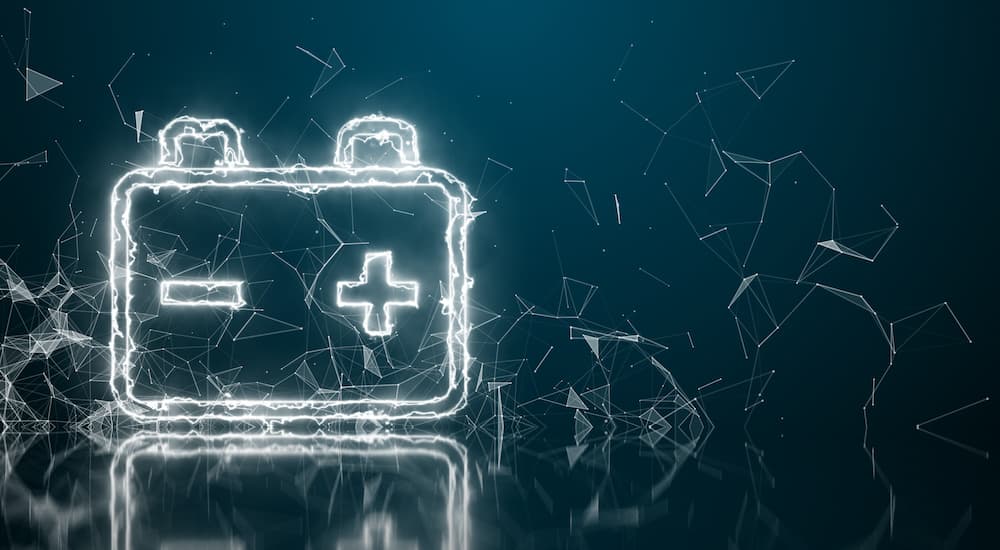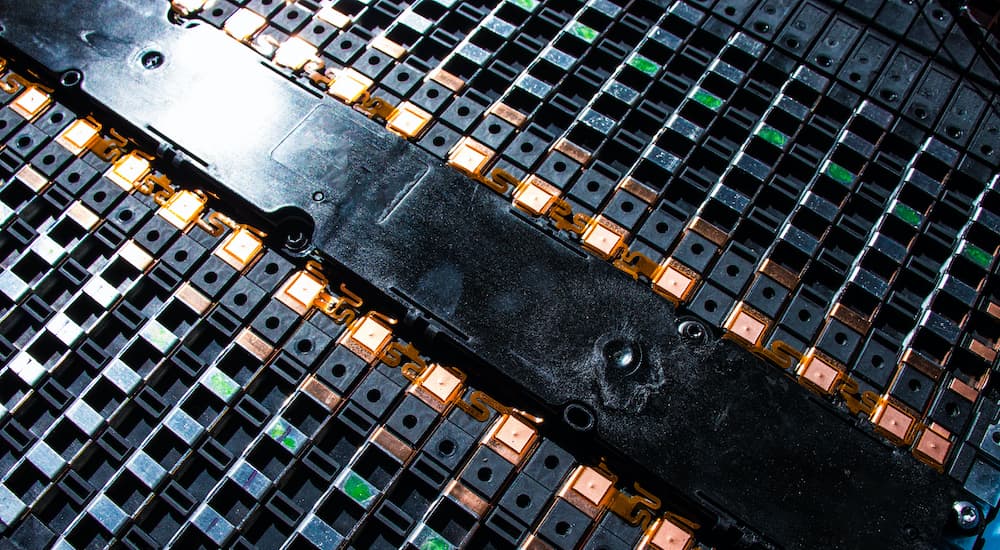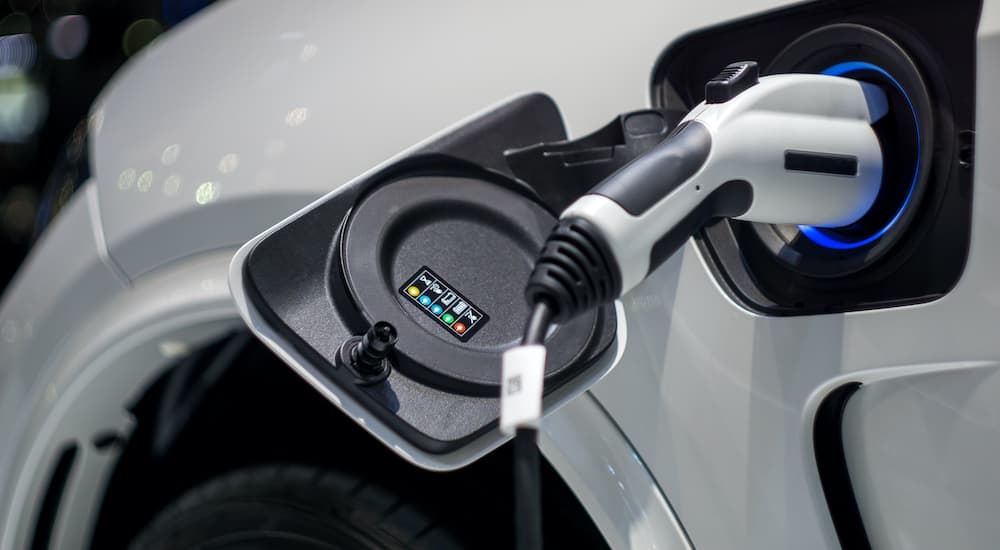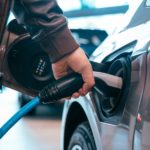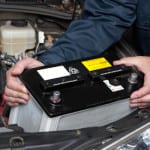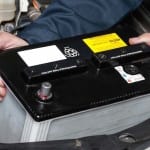GM recently joined Jaguar and Volvo as the latest manufacturer to announce plans to fully shift its attention to the electric vehicle market, and a steady rise in the number of electric vehicle charging stations has helped make EV technology a more viable alternative than ever. With such widespread industry buy-in, electric vehicles undeniably represent the future of the auto industry, but there is still one major hurdle standing in the way of the technology’s widespread adoption: batteries.
Consumers are eager to embrace EVs, but the limitations imposed by today’s battery technology have many drivers opting to wait until the bugs are worked out before trading in their familiar vehicle for a new EV model. If electric vehicles are going to become the dominant technology on the market, they need to become just as convenient to use as their gas-powered predecessors. When it comes to batteries, this means faster charging, lower cost, improved range, and reliability.
With these metrics driving the next generation of EV batteries, a clear frontrunner has already begun to emerge in the form of lithium iron phosphate (LiFePO or LFP) battery technology. As a cheaper, shorter-range alternative, LFPs could save drivers an average of $3,000 off the price of a new EV. Cited as a promising alternative by industry leaders like Elon Musk and already taking hold in China, the low-cost alternative to traditional lithium ion (Li-ion) batteries could well be a game-changer for the EV market.
But what are LFPs? How do they differ from the familiar Li-ion batteries that have long dominated the EV and consumer technology market? How are auto manufacturers taking advantage of their unique capabilities? We will take a deeper dive into LFPs to answer all your questions.
Building a Better Battery
The viability of lithium-ion battery technology has been proven time and again in recent years, with the industry showing drivers that they can trust Li-ion batteries to power their vehicles and get them to work each day. This consumer confidence has helped spur unprecedented growth in the EV market, with U.S. EV sales expected to grow from 1.4 million in 2020 to 6.9 million by 2025.
Of course, this sort of meteoric growth often brings with it growing pains, and EVs are no exception. With battery prices making up as much as 20 to 40 percent of an EV’s cost, the vehicles are particularly susceptible to material cost fluctuations. This is especially true in today’s market, where the prices of the raw materials used in battery construction have been on a steady rise.
While the use of lithium is an inevitable part of building a Li-ion battery, LFPs have managed to cut the other two price-volatile materials out of the equation by eliminating the use of nickel and cobalt in favor of much more readily available iron phosphate. Lithium and cobalt prices are expected to double, according to a recent analysis by Goldman Sachs, with nickel prices also rising by as much as 60 percent. Even a small fluctuation in nickel prices could lead to as much as a $1,200 to $1,400 increase in the cost of a new EV.
Using iron phosphate in place of cobalt and nickel not only insulates LFP batteries from these wild price fluctuations but also helps to address some of the environmental and safety concerns that have emerged around their use. Cobalt, for example, can lead to dangerous pollution if not properly disposed of, and the mining of the element in places like the Democratic Republic of the Congo has long been associated with unsafe and unethical labor practices.
On the technical side, LFPs not only charge quicker and last longer than traditional Li-ion batteries but also discharge their voltage at a very steady rate. This eliminates battery slow-down as the charge runs out by providing a consistent, if slightly lower than normal, 3.2 volts. The next-generation battery also features improved thermal stability, drastically reducing the risk of fires and explosions that have been associated with Li-ion technology in the past.
There is a trade-off here. LFPs, while cheaper to produce and quicker to charge, pack less juice than a traditional Li-ion battery. This might be a nonstarter for those with longer commutes or fleet vehicles, but for a certain subset of city-dwellers looking who don’t spend long stretches behind the wheel, the sub-300-mile-per-charge range is well worth the lower cost.
The EV landscape itself is also changing, with more charging stations coming online all the time and making longer trips a more viable option. Public electric vehicle supply equipment (EVSE) more than doubled between 2015 and 2020, with direct current fast-charging stations rising nearly 11 percent in the first three months of 2020 alone. Industry stalwarts are all in on the EV market as well, with Shell recently announcing plans to introduce 500,000 new EVSE over the next four years.
Industry Leaders Embrace LFPs
The LFP battery has already taken off in China, where there is high consumer demand for a lower-range EV with a correspondingly lower price tag. Industry trailblazer Tesla has been producing LFP-powered EVs at its Shanghai Gigafactory since October 2020. Chinese smart EV auto manufacturer xPeng has been another early adopter, releasing three new versions of its vehicles equipped with LFPs in early March.
xPeng’s new LFP-equipped Standard Range P7 midsize sedan, for example, offers a 480km (285 mi) range on a single charge and comes in around $35,000, compared to the standard Li-ion P7’s 586km (364mi) RWD Long Range at $38,000. The 80-mile difference might give some consumers pause, but a $3,000 lower price tag will be seen as an acceptable trade-off for many looking to buy their first EV.
By using a less expensive battery, xPeng is also able to offer the type of smart amenities that are becoming increasingly important in the ever-growing Chinese auto market. The new LFP-powered P7 Standard Range rings in at the same price as the brand’s Li-ion-equipped P7 Long Range model but offers additional autonomous driving features, including improved hardware, radar, and camera.
Tesla’s embrace of LFPs is a calculated move aimed at not only reducing the barrier to entry for EV-curious buyers but also freeing up the increasingly scarce supply of materials like cobalt for use in its other products. The new power supply, produced by Chinese battery manufacturer CATL, has allowed the EV giant to offer its Chinese-produced Model 3 Standard Range Plus for $37,000, saving consumers an estimated $3,200. The new LFP-equipped Model 3 is now sold throughout Europe.
While there are other promising technologies on the horizon poised to revolutionize the EV market––solid-state batteries, for example––LFPs represent the cutting edge of today’s automotive battery technology. With industry leaders like Tesla already on-board and promising early results from the Chinese market, LFPs have already passed an early test on the way to becoming the industry standard. The lower cost, longer life, and lack of reliance on increasingly rare materials could well be the catalyst the EV industry needs to reach the next level of consumer acceptance and leave fossil fuels behind altogether.
Pros and Cons: LFP vs Li-ion
Pro
- Saves $3,000 on average compared to Li-ion batteries
- Doesn’t use expensive materials like cobalt and nickel
- More stable, less likely to result in fire or explosion
- Consistent voltage
Con
- Lower voltage
- Lower electrical energy density
- Less range than Li-ion
